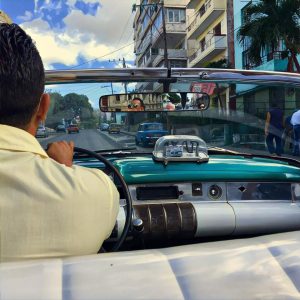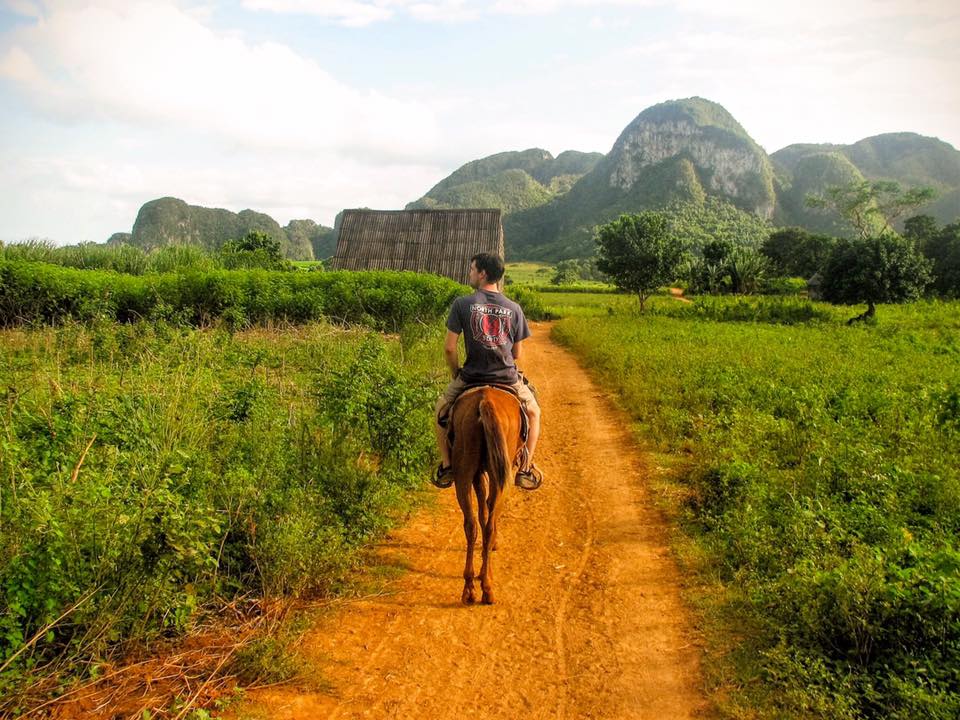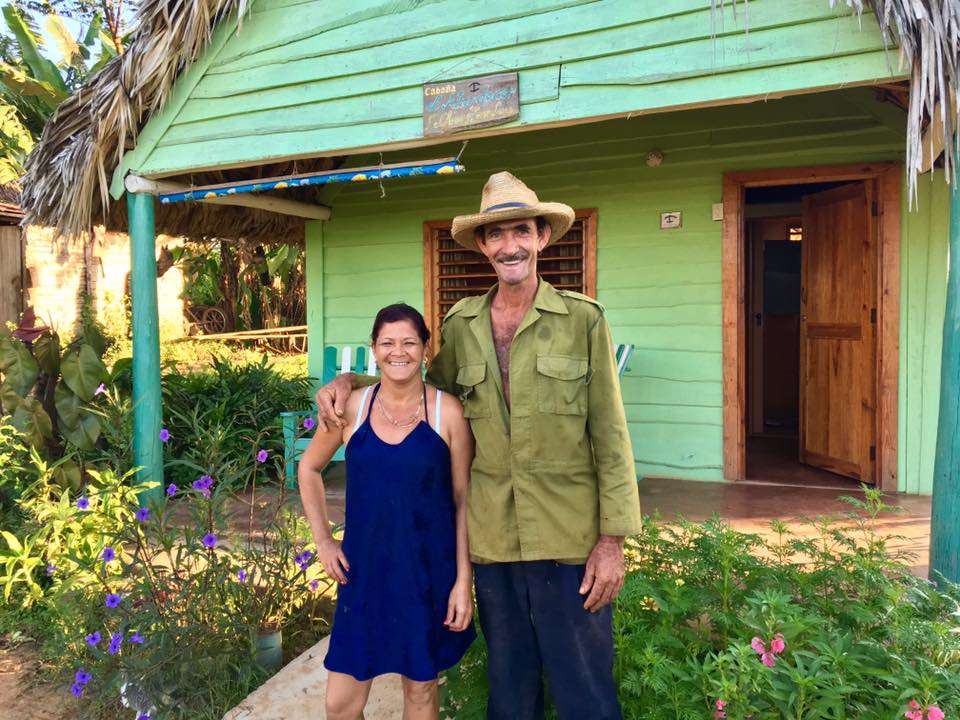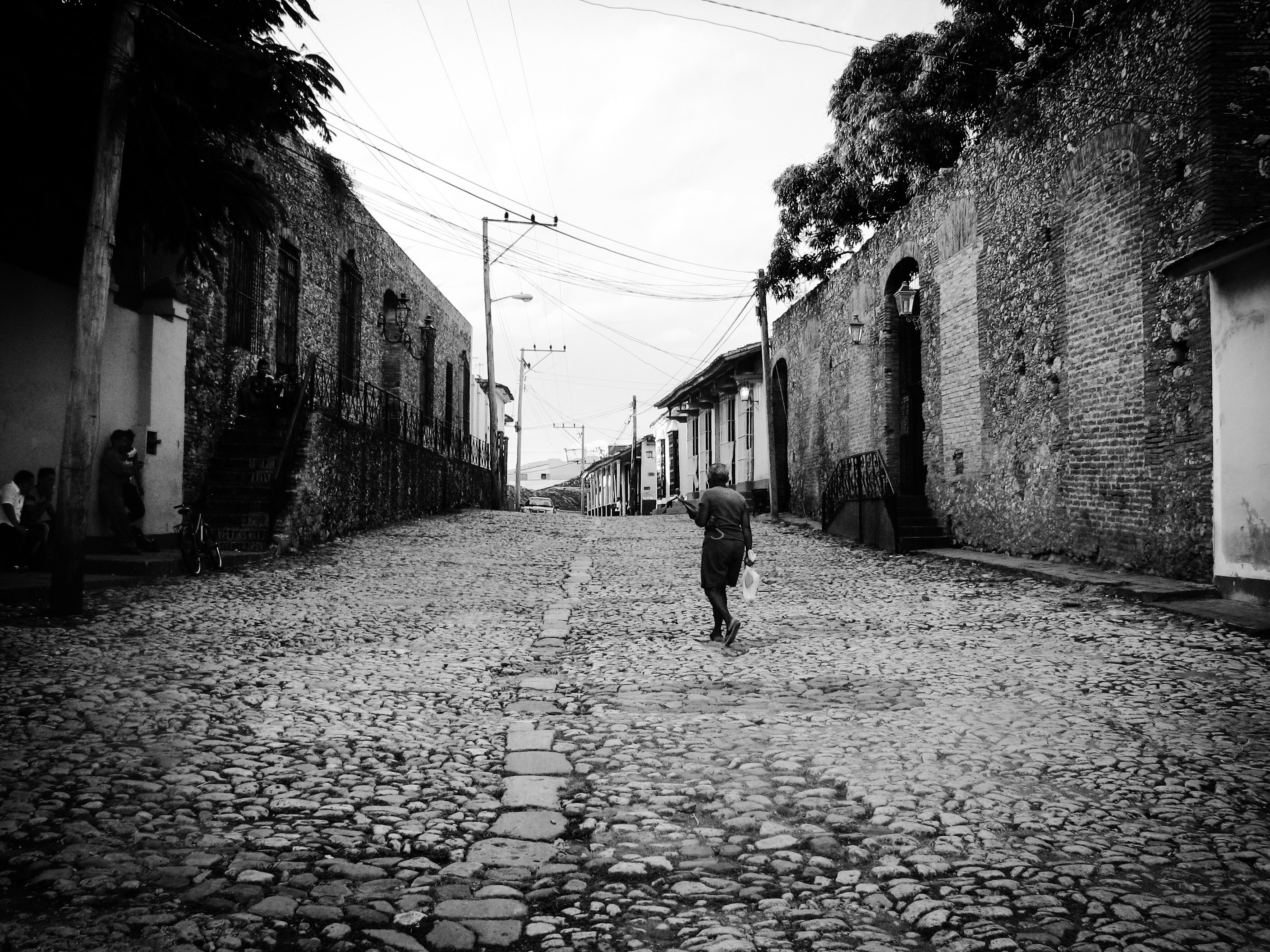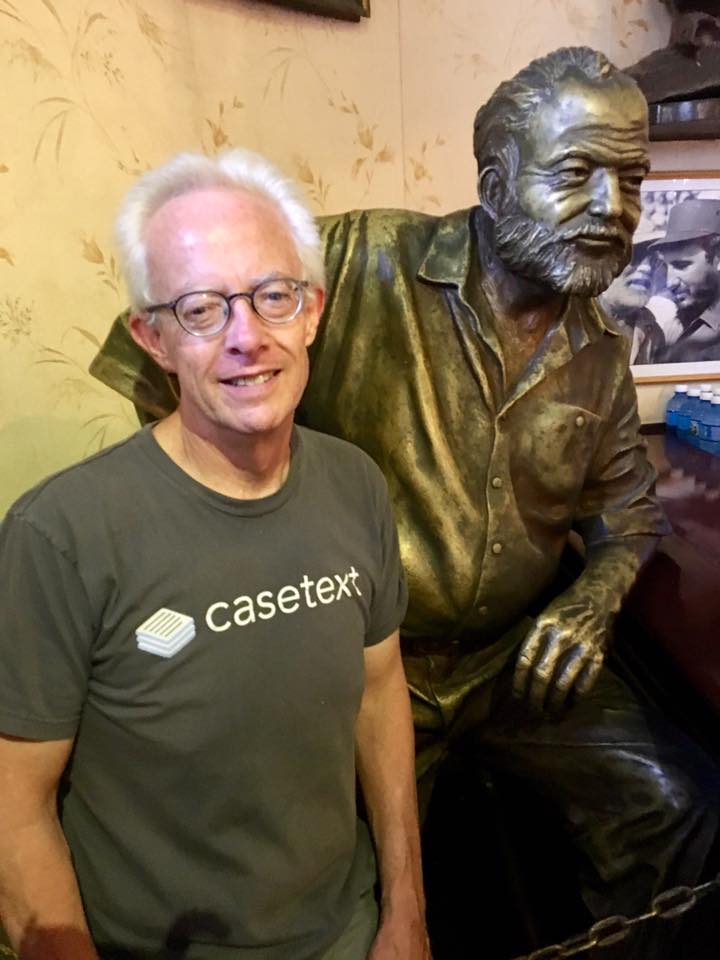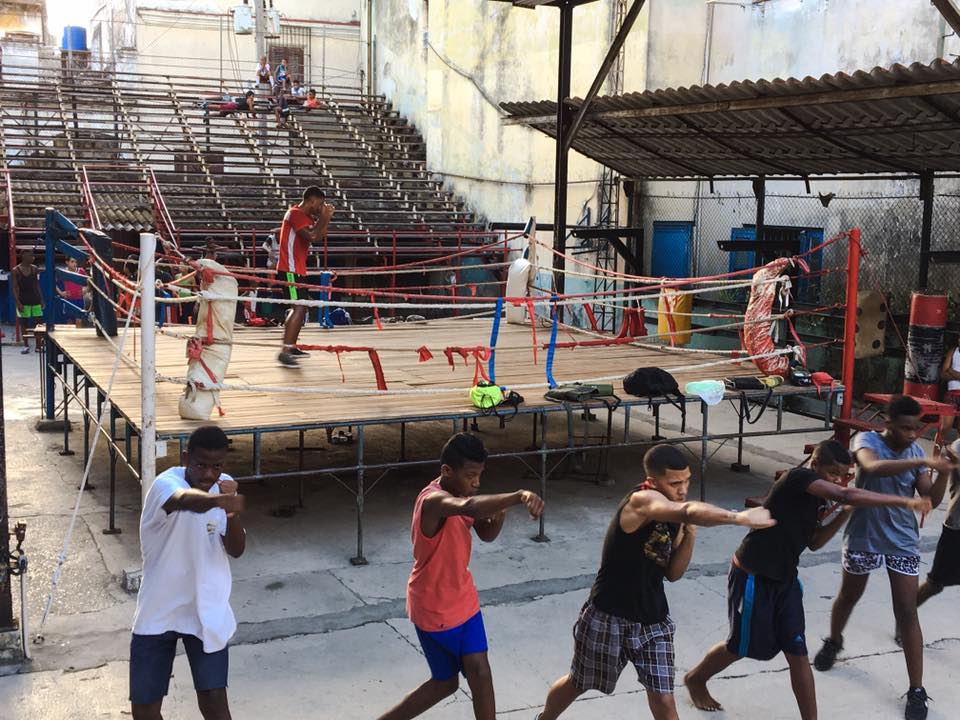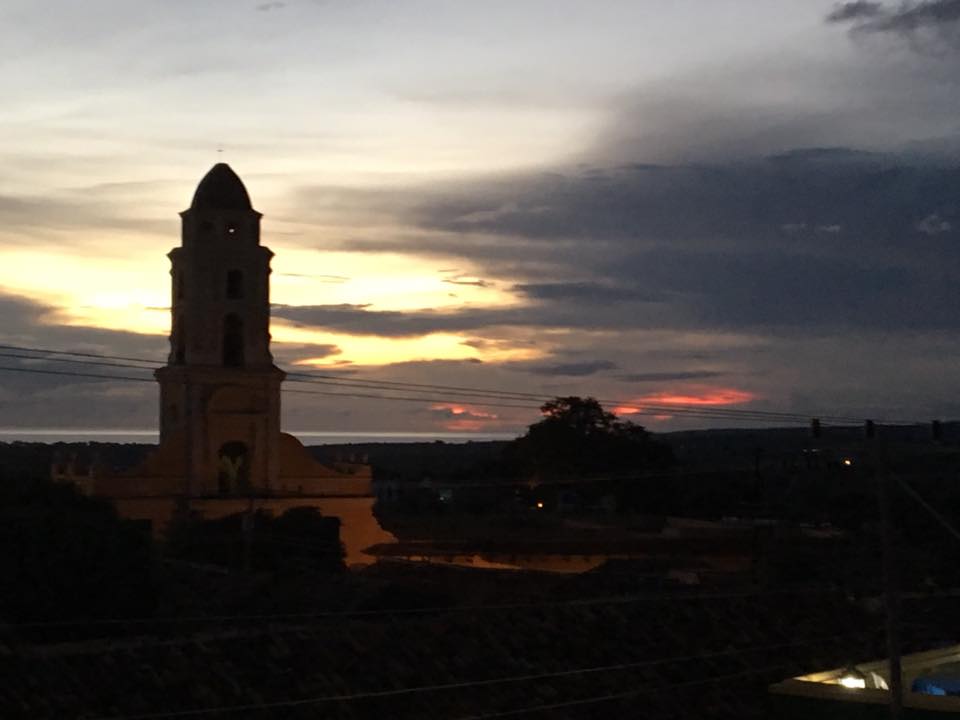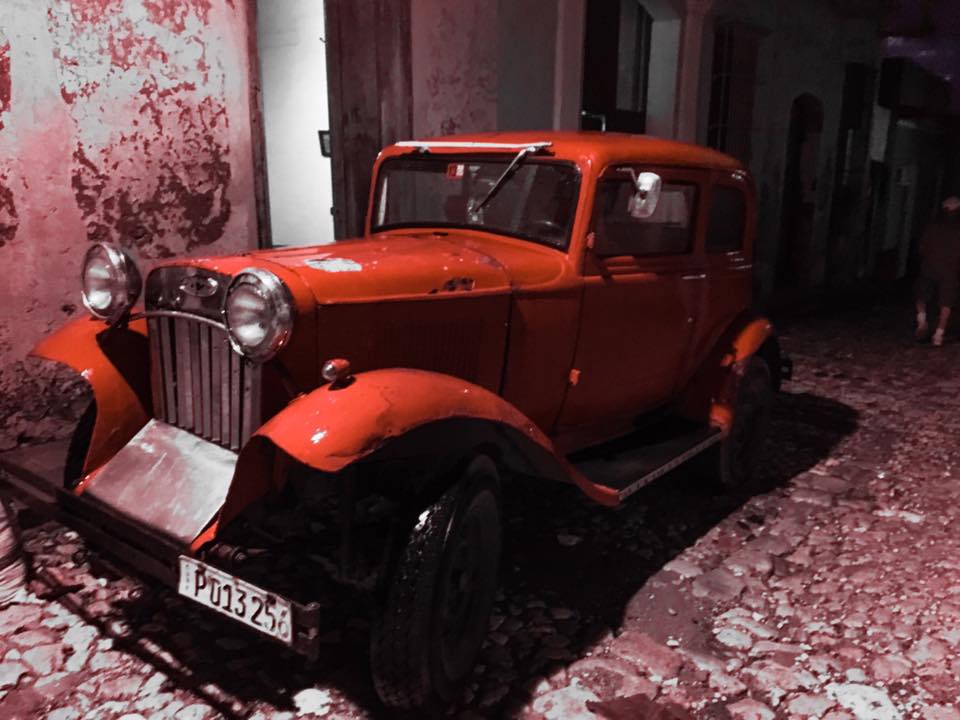If you’ve been considering a trip to Cuba, the death of Fidel Castro should provide a spur. At this point, it is far from clear whether President-elect Trump will continue the thaw initiated by President Obama. That means the ability of U.S. citizens to travel there could be in question.
Even if Trump does continue us along the course Obama set, Cuba is sure to be on the verge of rapid change. Today, part of its charm is that it is like traveling back through time. Visiting Havana is to return to the 1950s, a place where time seemingly froze to a stop with the Cuban revolution on Jan. 1, 1959.
Traveling beyond Havana is to go back even further, to places such as the Western Cuba town of Viñales, where farmers still work their fields with oxen and horses are the dominant mode of transportation, or to Trinidad to the south, where the cobblestone streets and weathered buildings seem almost as ancient as the 500-year-old city is itself.
Cuba is a beautiful country full of warm and welcoming people. It is also a place that is full of surprises – some good, some not so. I recently returned from a nine-day trip there with my son. Having traveled there but once and having visited only a portion of the island, I am anything but a Cuba expert. However, by U.S. standards, having been there even once makes me a relative authority.
So, having been asked by several people for my travel tips, I thought I’d share what I learned about traveling to Cuba.
1. Go soon. In 2014, President Obama decided to reject “the failed, Cold War-era policy era of the past to chart a new course in Cuba.” It is thanks to him that it is now easier for U.S. citizens to visit there. We do not know whether President-elect Trump will continue these policies. So go soon, while you still can.
2. Don’t go on an organized tour. U.S. citizens are still prohibited from traveling to Cuba as tourists. The U.S. permits citizens to travel to Cuba under 12 categories. The one most commonly used is for “educational activities,” and the form this most commonly takes is a people-to-people cultural and educational tour. Until earlier this year, the only way to go on a people-to-people tour was as part of an organized tour group. However, in March, the Obama administration further eased the rules by allowing individuals to design their own people-to-people itineraries.
This is what we did and I found it far preferable than to have been part of an organized tour. Now and then during our travels, we would come across these organized tour groups. From what I could see, they stick to the beaten path and never wander off it. They all seemed to go to the same places in every city, shuffling on and off their buses or vans. I’m sure such tours can be enjoyable, but it’s not the way I prefer to travel.
3. Stay in casas particulares. The best way to see the “real” Cuba and to get to know Cuban people is by staying in casas particulares. These are private homes in which the owners rent out a room or sometimes even an entire home or apartment. The average price of a room is $25. One couple we met in Trinidad who were running low on cash negotiated a casa for $5. Usually, the hosts will prepare you breakfast for an additional $5 per person. Sometimes they also offer dinner for $5 to $10 a person. One of the most amazing places I’ve ever stayed in my life was a casa in Viñales on a real, working farm, and one of the most amazing meals I’ve ever eaten in my life was the dinner our hosts cooked us there, made up entirely of food they’d grown or raised.
4. Book your casa particular on AirBNB. Earlier this year, AirBNB was licensed to operate in Cuba. There are various sites through which you can reserve casas online, but AirBNB is easiest to use and gives you the confidence of impartial user reviews and photographs. We booked all our stays through AirBNB and every stay turned out great.
5. Plan your stays before you go. It is not essential to reserve all your casas particulares before you go. If you arrive by bus in a location such as Viñales or Trinidad, you will be greeted by throngs of people offering you rooms. However, you will get a better place if you reserve in advance and you will avoid the hassle of negotiating for sight-unseen lodging. All the casas particulares are marked with small signs, so you can actually walk around a town and knock on doors to ask about vacancies. But this would be a waste of your limited travel time. It is most important to have a place reserved in Havana, I think, because finding a place there without a reservation would be daunting. Remember, you may not have mobile or internet access once you arrive in Cuba.
6. Don’t count on having internet or cell phone access. The fancier hotels in Havana have some form of internet access. Otherwise, internet access can be hard to come by and a hassle to use. In my nine days there, I never once had internet access (nor did I ever once miss it). As for cell phone service, it depends on your carrier. The day I returned to the U.S., my carrier, AT&T, announced the launch of roaming service in Cuba. Since it was not available while I was there, I have no idea how good it is. Verizon had previously launched roaming service. Frankly, my experience in Cuba was better for the absence of internet and cell access.
7. Before you go, print or save copies of everything. I both printed and saved to my iPad copies of all my travel documents, AirBNB reservations, and anything else I’d need. One thing I did not do but came to wish I had was to print out a map showing the location of all the casas particulares that I’d reserved. In one city, the AirBNB address did not match any physical address. Our taxi driver was stumped as were several people who we asked for directions. We never did find the place and I was only able to get in touch with the hosts after I returned to the U.S.
8. Your phone may not work, but its GPS does. I was pleasantly surprised to discover that the GPS on my iPhone worked in Cuba. That meant I could at least open Google Maps and get my bearings. However, you cannot use the search or navigation features on any maps app. Still, being able to see where I was on a map proved helpful any number of times.
9. Bring a map. Read the previous paragraph. You may not be able to use your phone for directions in Cuba. A good old fashioned paper map is a handy thing to have. I also downloaded several Cuba apps that promise to provide offline maps. None of them worked very well but the one that worked best was Cuba Offline Map.
10. Expect the unexpected – and go with it. Almost nothing we planned ended up happening as we’d planned it. Things happen in their own ways in Cuba and often there is no way of anticipating what those ways will be. Several times we fell, as if by happenstance, into wonderful experiences we could never have planned. Other times we found ourselves stuck in situations that were not as they’d been represented before going into them. But no matter how things turned, every turn proved to be an adventure and to each have, in unpredictable ways, a positive outcome.
11. Do the math on money transfers. You cannot use foreign currency in Cuba and the only place to convert to Cuban currency is in Cuba. When converting U.S. dollars, there is a 10 percent surcharge on top of the standard 3 percent conversion fee. For this reason, most travel guides recommend that U.S. visitors first convert to Canadian or Euros before getting to Cuba. However, U.S. money changers also charge conversion fees. When I did the math on converting to Canadian or Euros before going to Cuba, the fees I would be charged effectively nullified the savings of avoiding the 10 percent surcharge. For that reason, I ended up bringing U.S. dollars.
12. Bring enough cash. You will not be able to use your U.S.-issued credit or debit cards in Cuba and you will not be able to get cash out of ATMS. Bring cash and err on the side of too much. You do not want to run out. For my son and I for nine days and eight nights, I brought $2,000. We spent about $1,500 of that. We could have got by for much less, but we splurged on a few things. You could also spend a lot more, especially if you spend all your time in Havana.
13. Don’t worry about crime. If you’re bringing all that cash, it’s only natural to worry about crime. Yet Cuba is one of the safest destinations you can visit in the Caribbean and Americas. Yes, there are pickpockets and purse snatchers, but violent crime is rare. We walked all over Havana at all hours of the day and night and never felt concerned for our safety. That said, it never hurts to be cautious.
14. Get both kinds of Cuban currency. As of this writing, Cuba still has two types of currency, although Raul Castro has said he is committed to normalizing on a single currency by the end of the year. As a visitor, you will almost always use the CUC. This is what you would use to pay for casa particulares, restaurants, taxis, entertainment, and almost everything else. And the CUC is easy for Americans to understand, because it is a one-for-conversion with the U.S. dollar.
However, Cuban citizens use the CUP, and there are some things you can buy only using CUP. For instance, most of the street-food vendors that are ubiquitious throughout Havana accept only CUP. Many small markets and stores also accept only CUP. In addition, there are places where you can use either CUP or CUC, and in some, we found that items could be purchased for significantly cheaper if we paid for them in CUP. But you need to do some math to figure that out.
15. If your diet is limited, bring food. I do not eat meat and I try very hard to avoid dairy such as cheese. Finding cheap eats in Havana that do not involve meat and cheese is difficult. The most common street foods are ham-and-cheese sandwiches and pizzas. That’s right, pizzas. Outside of Havana, it is even harder to find quick food. There are no convenience stores or snack shops. Several times I found myself wishing I’d packed a few energy bars.
16. Bring any essentials you’ll need. There are no convenience stores or pharmacies as we know them in the U.S. Bring toothpaste, allergy medications, analgesics or anything else you might use on a regular basis.
17. Don’t rent a car. I heard a number of horror stories about car rentals in Cuba, from having to wait days to pick up a car to being held in the country while the legal system sorted out responsibility for a traffic accident. Buses are plentiful, reliable and affordable for travel between cities, with Viazul being the most common carrier.
18. Get out of Havana. Havana is a must-see if you’re going to Cuba. But the Cuba you see outside Havana is a whole other world. Our itinerary took us to three locations, all in Western Cuba: Havana, Viñales and Trinidad. We realized while we there that our itinerary was a pretty standard one for first-time visitors to Cuba. Each of these locations is uniquely different from any of the others. Trinidad is the most time-consuming to get to – it was almost a full day of travel from Viñales to Trinidad and then roughly five hours by taxi from Trinidad to Varadero, the city we flew out of – but well worth the trip.
19. Buy this book. We bought several travel guides to Cuba but the most helpful was Real Havana: Explore Cuba Like a Local and Save Money. Unlike other travel books, which are guides to places to see and things to do, this is a guide to Cuban customs and culture. It gives you essential details about money, taxis, food, tourist scams, and other things that typical guides cover only briefly, if at all. In Cuba, we referred back to this book several times.
20. Enjoy. Put yourself on Caribbean time. Things don’t happen in Cuba as quickly or as smoothly as we are used to here in the U.S. But so what? You are there to appreciate its differences and absorb its uniqueness. U.S. citizens are not supposed to be tourists in Cuba, so don’t act like one. Consider it an educational experience and soak it up.
 Robert Ambrogi Blog
Robert Ambrogi Blog